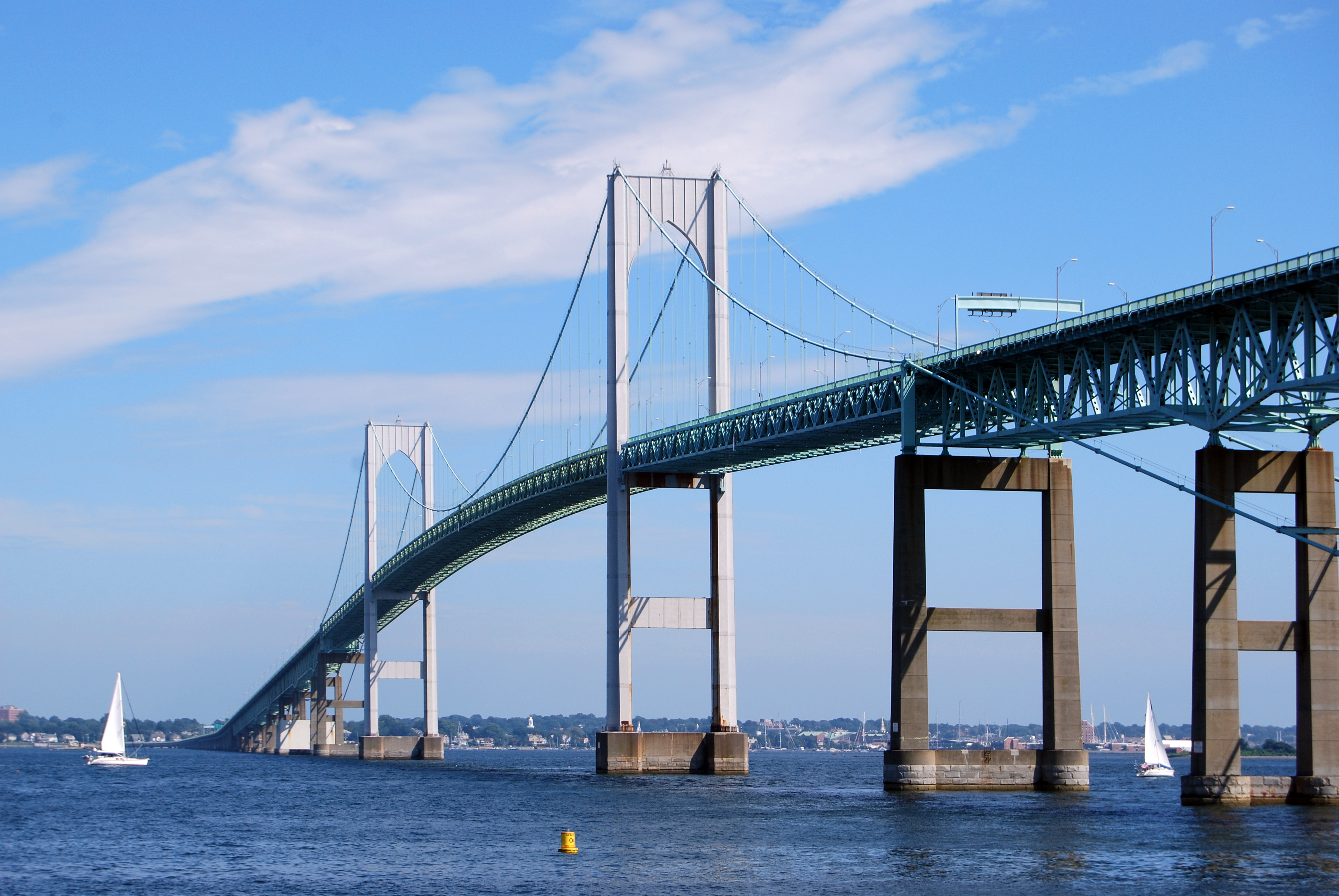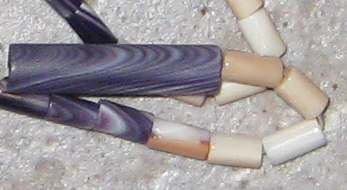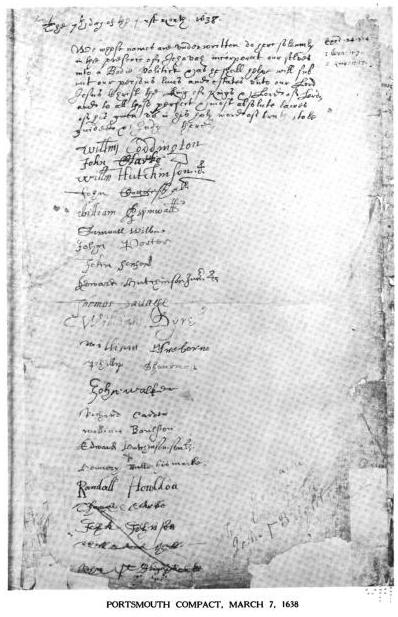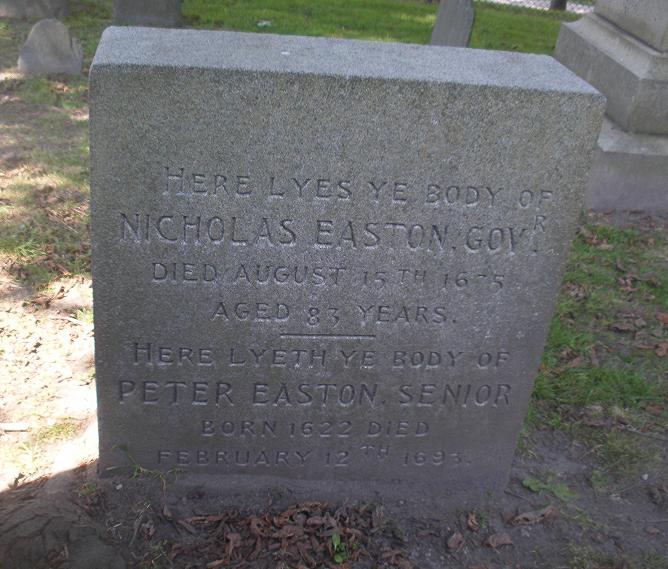|
Aquidneck Island
Aquidneck Island, also known as Rhode Island, is an island in Narragansett Bay in the state of Rhode Island. The total land area is , which makes it the largest island in the bay. The 2020 United States Census reported its population as 60,109. The state of Rhode Island is named after the island; the United States Board on Geographic Names recognizes Rhode Island as the name for the island, although it is widely referred to as Aquidneck Island in the state and by the island's residents. Aquidneck Island is home to three towns, from north to south: Portsmouth, Middletown, and Newport. Etymology "Aquidneck" is derived from the Narragansett name for the island ''aquidnet''. Roger Williams was an authority on the Narragansett language, but he stated that he never learned the word's meaning. It is unclear how it came to be known as Rhode Island, but the earliest known use of the name was in 1637 by Roger Williams, and it was officially applied to the island in 1644: "Aquethneck sha ... [...More Info...] [...Related Items...] OR: [Wikipedia] [Google] [Baidu] |
Narragansett Bay
Narragansett Bay is a bay and estuary on the north side of Rhode Island Sound covering , of which is in Rhode Island. The bay forms New England's largest estuary, which functions as an expansive natural harbor and includes a small archipelago. Small parts of the bay extend into Massachusetts. There are more than 30 islands in the bay; the three largest ones are Aquidneck Island, Conanicut Island, and Prudence Island. Bodies of water that are part of Narragansett Bay include the Sakonnet River, Mount Hope Bay, and the southern, tidal part of the Taunton River. The bay opens on Rhode Island Sound and the Atlantic Ocean; Block Island lies less than southwest of its opening. Etymology "Narragansett" is derived from the southern New England Algonquian word meaning "(people) of the small point of land". Geography The watershed of Narragansett Bay has seven river sub-drainage basins, including the Taunton, Pawtuxet, and Blackstone Rivers, and they provide freshwater input ... [...More Info...] [...Related Items...] OR: [Wikipedia] [Google] [Baidu] |
Narragansett People
The Narragansett people are an Algonquian American Indian tribe from Rhode Island. Today, Narragansett people are enrolled in the federally recognized Narragansett Indian Tribe. They gained federal recognition in 1983. The tribe was nearly landless for most of the 20th century but acquired land in 1991 in their lawsuit ''Carcieri v. Salazar'', and they petitioned the Department of the Interior to take the land into trust on their behalf. This would have made the newly acquired land to be officially recognized as part of the Narragansett Indian reservation, taking it out from under Rhode Island's legal authority. In 2009, the United States Supreme Court ruled against the request, declaring that tribes which had achieved federal recognition since the 1934 Indian Reorganization Act did not have standing to have newly acquired lands taken into federal trust and removed from state control. Reservation The Narragansett tribe was recognized by the federal government in 1983 and cont ... [...More Info...] [...Related Items...] OR: [Wikipedia] [Google] [Baidu] |
Battle Of Rhode Island
The Battle of Rhode Island (also known as the Battle of Quaker Hill) took place on August 29, 1778. Continental Army and Militia forces under the command of Major General John Sullivan had been besieging the British forces in Newport, Rhode Island, which is situated on Aquidneck Island, but they had finally abandoned their siege and were withdrawing to the northern part of the island. The British forces then sortied, supported by recently arrived Royal Navy ships, and they attacked the retreating Americans. The battle ended inconclusively, but the Continental forces withdrew to the mainland and left Aquidneck Island in British hands. The battle was the first attempt at cooperation between French and American forces following France's entry into the war as an American ally. Operations against Newport were planned in conjunction with a French fleet and troops, but they were frustrated in part by difficult relations between the commanders, as well as by a storm that damaged both ... [...More Info...] [...Related Items...] OR: [Wikipedia] [Google] [Baidu] |
John Sullivan (general)
John Sullivan (February 17, 1740 – January 23, 1795) was an American general in the Revolutionary War winning several key battles most notably the Delaware crossing. He was a delegate in the Continental Congress where he signed the Continental Association, the third governor of New Hampshire, and a United States district judge of the United States District Court for the District of New Hampshire. Sullivan, the third son of American settlers, served as a major general in the Continental Army and as governor (or "president") of New Hampshire. He commanded the Sullivan Expedition in 1779, a scorched earth campaign against the Iroquois towns that had taken up arms against the American revolutionaries. As a member of Congress, Sullivan worked closely with the French ambassador to the United States, the Chevalier de la Luzerne. Early life and family Born in Somersworth in the Province of New Hampshire, British America, Sullivan was the third son of Irish settlers from the Beara ... [...More Info...] [...Related Items...] OR: [Wikipedia] [Google] [Baidu] |
Canonicus
Canonicus (c. 1565 – June 4, 1647) was a chief of the Narragansett Indigenous Peoples. He was wary of the colonial settlers, but he ultimately befriended Roger Williams and other settlers. Biography Canonicus was born around 1565,Benjamin J. Lossing''Eminent Americans, Comprising Brief Biographies of Leading Statesmen, Patriots, Orators and Others, Men and Women, Who Have Made American History.''New York: John B. Alden, 1886; pg. 15. but nothing is known of his early life. He was chief of the Narragansett tribe when the Pilgrims landed at Plymouth, and one of the first with whom they had dealings. In the words of historian Benjamin Lossing, he "regarded the advent of the white men with a jealous fear", and he challenged the Plymouth colony in 1622 in front of a force of about 5,000 men. He sent a bundle of arrows in a leather wrap tied with a snake skin to Plymouth governor William Bradford, so Bradford filled the wrap with gunpowder and lead round shot and returned it ... [...More Info...] [...Related Items...] OR: [Wikipedia] [Google] [Baidu] |
Wampum
Wampum is a traditional shell bead of the Eastern Woodlands tribes of Native Americans. It includes white shell beads hand-fashioned from the North Atlantic channeled whelk shell and white and purple beads made from the quahog or Western North Atlantic hard-shelled clam. In New York, wampum beads have been discovered dating before 1510.Dubin, Lois Sherr. ''North American Indian Jewelry and Adornment: From Prehistory to the Present''. New York: Harry N. Abrams, 1999: 170-171. . Before European contact, strings of wampum were used for storytelling, ceremonial gifts, and recording important treaties and historical events, such as the Two Row Wampum Treaty and the Hiawatha Belt. Wampum was also used by the northeastern Indigenous tribes as a means of exchange, strung together in lengths for convenience. The first colonists understood it as a currency and adopted it as such in trading with them. Eventually, the colonists applied their technologies to more efficiently produce wa ... [...More Info...] [...Related Items...] OR: [Wikipedia] [Google] [Baidu] |
John Clarke (Baptist Minister)
John Clarke (October 1609 – 20 April 1676) was a physician, Baptist minister, co-founder of the Colony of Rhode Island and Providence Plantations, author of its influential charter, and a leading advocate of religious freedom in America. Clarke was born in Westhorpe, Suffolk, England. He received an extensive education, including a master's degree in England followed by medical training in Leiden, Holland. He arrived at the Massachusetts Bay Colony in 1637 during the Antinomian Controversy and decided to go to Aquidneck Island with many exiles from the conflict. He became a co-founder of Portsmouth and Newport, Rhode Island, and he established America's second Baptist church in Newport. Baptists were considered heretics and were banned from Massachusetts, but Clarke wanted to make inroads there and spent time in the Boston jail after making a mission trip to the town of Lynn, Massachusetts. Following his poor treatment in prison, he went to England where he published a ... [...More Info...] [...Related Items...] OR: [Wikipedia] [Google] [Baidu] |
William Brenton
William Brenton (c. 1610–1674) was a colonial President, Deputy Governor, and Governor of the Colony of Rhode Island and Providence Plantations, and an early settler of Portsmouth and Newport in the Rhode Island colony. Austin and other historians give his place of origin as Hammersmith in Middlesex, England (now a part of London), but in reviewing the evidence, Anderson concludes that his place of origin is unknown. Brenton named one of his Newport properties "Hammersmith," and this has led some writers to assume that the like-named town in London was his place of origin. Boston, Portsmouth and Newport Brenton was in Boston by October 1633 when he was admitted to the church there, was made a freeman in May 1634, and later the same year was appointed to oversee the building of a jail house. He was a Boston selectman from 1634 to 1637, and in 1635 was appointed to a committee to consider the incident when Massachusetts magistrate John Endecott defaced the English flag, and ... [...More Info...] [...Related Items...] OR: [Wikipedia] [Google] [Baidu] |
Nicholas Easton
Nicholas Easton (1593–1675) was an early colonial President and Governor of Rhode Island. Born in Hampshire, England, he lived in the towns of Lymington and Romsey before immigrating to New England with his two sons in 1634. Once in the New World, he lived in the Massachusetts Bay Colony towns of Ipswich, Newbury, and Hampton. Easton supported the dissident ministers John Wheelwright and Anne Hutchinson during the Antinomian Controversy, and was disarmed in 1637, and then banished from the Massachusetts colony the following year. Along with many other Hutchinson supporters, he settled in Portsmouth on Aquidneck Island, later a part of the Colony of Rhode Island and Providence Plantations. He was in Portsmouth for about a year when he and eight others signed an agreement to create a plantation elsewhere on the island, establishing the town of Newport. In Newport, Easton became active in civil affairs, serving as assistant to the governor for several years, and in 165 ... [...More Info...] [...Related Items...] OR: [Wikipedia] [Google] [Baidu] |
John Coggeshall
John Coggeshall Sr. (2 December 1599 – 27 November 1647) was one of the founders of the Colony of Rhode Island and Providence Plantations and the first President of all four towns in the Colony. He was a successful silk merchant in Essex, England, but he emigrated to the Massachusetts Bay Colony in 1632 and quickly assumed a number of roles in the colonial government. In the mid-1630s, he became a supporter of dissident minister John Wheelwright and of Anne Hutchinson. Hutchinson was tried as a heretic in 1637, and Coggeshall was one of three deputies who voted for her acquittal. She was banished from the colony in 1638, and the three deputies who voted for her acquittal were also compelled to leave. Before leaving Boston, Coggeshall and many other Hutchinson supporters signed the Portsmouth Compact in March 1638 agreeing to form a government based on the individual consent of the inhabitants. They then established the settlement of Portsmouth on Aquidneck Island (called Rhod ... [...More Info...] [...Related Items...] OR: [Wikipedia] [Google] [Baidu] |
William Dyer (settler)
William Dyer (also Dyre; 1609 – by 1677) was an early settler of the Colony of Rhode Island and Providence Plantations, a founding settler of both Portsmouth and Newport, and Rhode Island's first Attorney General. He is best known for being the husband of the Quaker martyr, Mary Dyer, who was executed for her Quaker activism. Sailing from England as a young man with his wife, Dyer first settled in Boston in the Massachusetts Bay Colony, but like many members of the Boston church became a supporter of the dissident ministers John Wheelwright and Anne Hutchinson during the Antinomian Controversy, and signed a petition in support of Wheelwright. For doing this, he was disenfranchised and disarmed, and with many other supporters of Hutchinson, he signed the Portsmouth Compact, and settled on Aquidneck Island in the Narragansett Bay. Within a year of arriving there, he and others followed William Coddington to the south end of the island where they established the town of Ne ... [...More Info...] [...Related Items...] OR: [Wikipedia] [Google] [Baidu] |
Philip Sherman
Philip Sherman (1611–1687) was a prominent leader and founding settler of Portsmouth in the Colony of Rhode Island and Providence Plantations. Coming from Dedham, Essex in southeastern England, he and several of his siblings and cousins settled in New England. His first residence was in Roxbury in the Massachusetts Bay Colony where he lived for a few years, but he became interested in the teachings of the dissident ministers John Wheelwright and Anne Hutchinson, and at the conclusion of the Antinomian Controversy he was disarmed and forced to leave the colony. He went with many followers of Hutchinson to establish the town of Portsmouth on Aquidneck Island, later called Rhode Island. He became the first secretary of the colony there, and served in many other roles in the town government. Sherman became a Quaker after settling in the Rhode Island colony, and died at an advanced age, leaving a large progeny. Life Born in the village of Dedham in Essex, near the southea ... [...More Info...] [...Related Items...] OR: [Wikipedia] [Google] [Baidu] |










